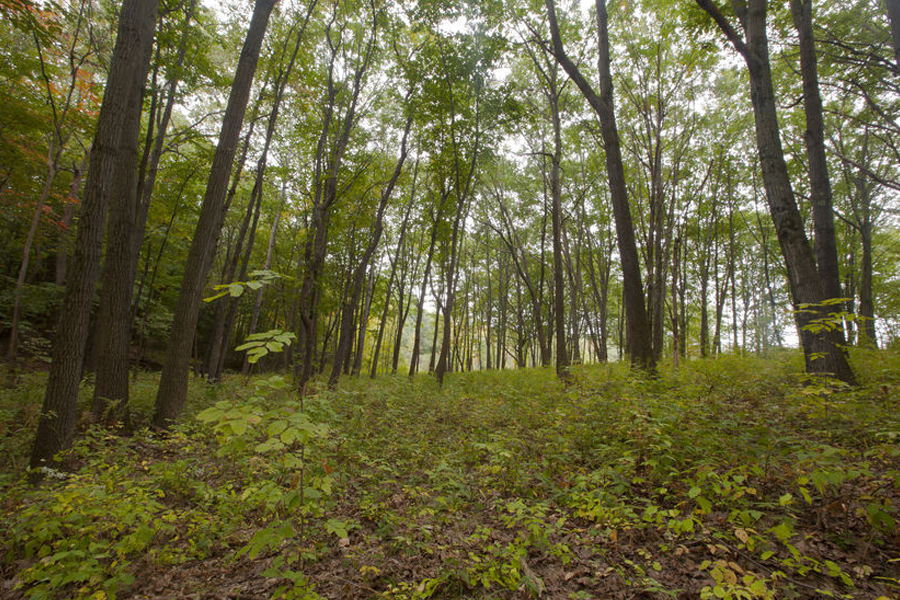By Vana Nespor
When I first arrived in New England, I believed that human beings fell into two totally incompatible categories: People of Place and Interlopers. People of Place fit neatly, or haphazardly, or wickedly into the interdependent tapestry of their communities. They paused in the aisles at the Big Ys or Piggly Wigglys and warmly kissed a cheek while mentally reciting the lineage, tragedies, and untrustworthiness of that person’s entire family line back seven generations.
Although financial need marched many of them off to distant universities or to toil in other states, their hearts refused to leave their Place. Inevitably, that constant tug pulled them back to marry, to raise children, to retire.
Interlopers, like me, create Place as we go. We cuddle up, warming ourselves by numerous hearths elsewhere, while deeply connecting nowhere. We know we are a different, unwelcome breed. I relished moving every three to six years. I told myself I loved knitting together a few friends and diverse cultures across continents and time. Yet, I hesitated to share such restlessness with employers or the next batch of new friends.
People of Place often treat Interlopers as “intruders, encroachers, trespassers, invaders, infiltrators,” and my favorite, “buttinskies.” Some pity us as just lonely, alienated folk, incapable of setting down roots or deeply caring about others. Yet, Interlopers leave splinters of their hearts in places that People of Place never know exist.
I am hardly the most footloose or well-traveled among the breed. Life handed me losses, a father whose death shattered his five young children and tossed them around the country like marbles dropped on a granite floor. Yet, along with the losses, moving around offered adventures.
I started my existence breathing dry red dust on an isolated Oklahoma pecan farm. My high school opened me to the funky cowboy “arty-ness” of oil rich Tulsa. A summer job had me hosting a radio show among the light-deprived crazies in Sitka, Alaska. I laughed as owners hawked flyswatters they called “meat tenderizers” in the middle of the Strip District in rustbelt Pittsburgh. I even gagged down lung and cartilage soup so as not to offend my neighbors, the twelve million Islamic citizens of Jakarta.
No matter how exciting the place, I was always on to the next. In memory, friends and places never aged, died, suffered, or changed. If I moved quickly enough, I never disappointed them, my mask of energy and adventure protected by brevity of exposure.
Then, I stumbled onto an unlikely job offer in Western Massachusetts. I knew that in New England deeply interconnected communities traced their bloodlines back for centuries. That history lectured from every stone, road, and building. I arrived fully expecting the sign at the border to read: “Interlopers Go Home.”
At first, I just hugged the big blousy maples scraping the sky and rejoiced as they danced, limbs upraised, across the mountains. I stared for hours at the Currier and Ives villages perched along the narrow roads. I knew that, behind the facades and under those trees, lives were wrestling with the same pain, despair, and damnation as every place I’d lived. Yet, here the cold and snow colluded to crystallize beauty as well as sorrow.
I puzzled them, and they me. But, slowly, a few remembered my name and the inconsequential facts of my life. They clutched my hand as they stood at gravesides, invited me to weddings and birthday parties, and rescued me when I fell sick. Slowly, fearfully at first, I felt them scrunching over to make a place for me.
One day, while digging in my garden under brilliant fall leaves listening to my neighbors argue over the final Red Sox game, I knew. I knew. I, too, had become a Person of this Place.
About the Writer:
Dr. Vana Nespor is a lifelong educator who was instrumental in launching Bay Path University’s innovative One Day A Week College program for adult women and in establishing their The American Women’s College, a revolutionary learning model serving adult women online. She loves learning and taking on new ventures herself, and in 2020 she plans to earn her MFA in Creative Nonfiction at Bay Path, begin supporting Bellastoria Press as a new partner, and complete her memoir, A Woman’s Education. She hopes these efforts will bring “more women’s stories out into the world.”
